Dental Implants
The Ultimate Guide to Dental Implants: Transforming Your Smile and Confidence
A healthy, radiant smile is often seen as a gateway to confidence, making it an essential aspect of our self-image and social interactions. However, for those struggling with missing or damaged teeth, the journey toward a beautiful smile can feel daunting and overwhelming. Enter dental implants—a revolutionary solution that not only restores the functionality of your mouth but also transforms your entire appearance. In this ultimate guide, we will explore the ins and outs of dental implants, from understanding the procedure and its benefits to addressing common concerns and aftercare tips. Whether you’re considering implants for yourself or are simply curious about the latest advancements in dental technology, this comprehensive resource is designed to equip you with the knowledge you need to make informed decisions and regain your smile and confidence. Join us as we delve into the world of dental implants and discover how they can change lives, one smile at a time.
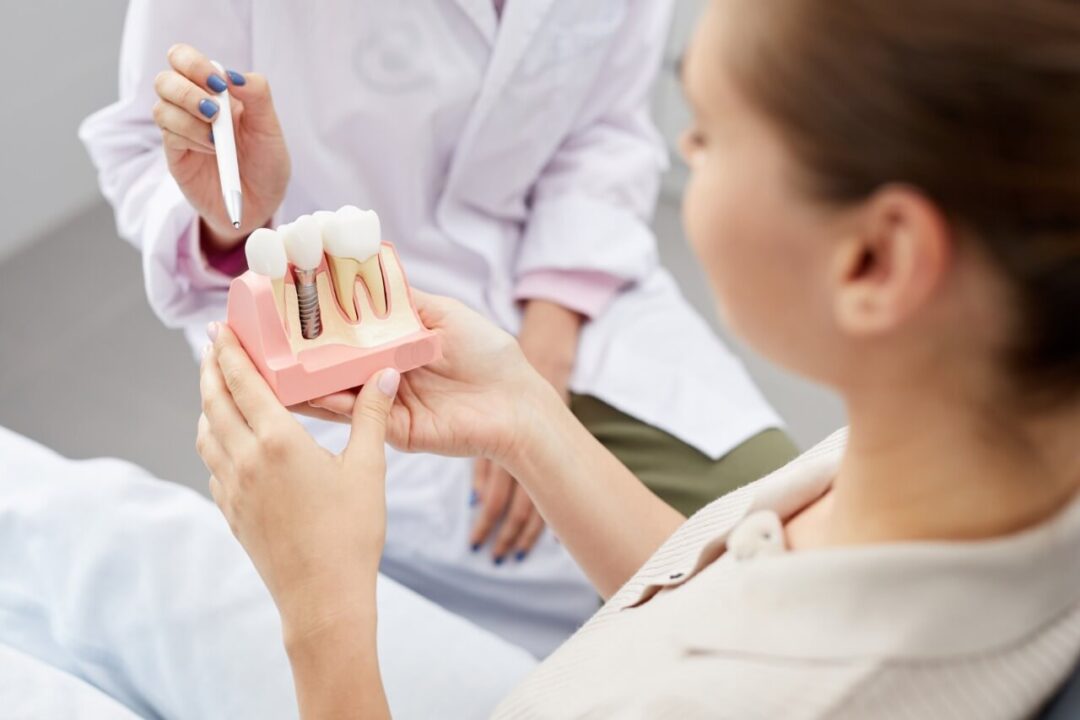
1. Introduction to Dental Implants
Dental implants have revolutionized the field of restorative dentistry, offering a permanent solution for missing teeth that not only enhances aesthetics but also restores functionality. Unlike traditional dentures or bridges, which can be uncomfortable and may require frequent adjustments, dental implants provide a more stable and natural-looking alternative. At their core, dental implants consist of a titanium post that is surgically embedded into the jawbone, acting as a sturdy foundation for replacement teeth.
This innovative procedure mimics the structure of natural teeth, where the implant serves as a root, promoting healthy bone growth and preventing the deterioration that often follows tooth loss. The result is not just a beautiful smile, but also improved oral health, allowing patients to eat, speak, and smile with confidence once again.
In this guide, we will delve into the various aspects of dental implants, from the types and benefits to the procedure itself and aftercare tips. Whether you’re exploring options for tooth replacement or simply seeking to understand how dental implants work, this comprehensive overview will equip you with the knowledge you need to make informed decisions about your dental health. Join us as we explore how dental implants can transform not just smiles, but lives.

2. Understanding the Need for Dental Implants
When it comes to dental health, few innovations have revolutionized the way we approach tooth loss as profoundly as dental implants. Understanding the need for these remarkable solutions begins with recognizing the impact that missing teeth can have on both oral functionality and self-esteem.
Many individuals face tooth loss due to various reasons, including decay, injury, or gum disease. The absence of teeth can lead to significant challenges, such as difficulty chewing, speaking, and even maintaining proper oral hygiene. More than just a functional concern, the aesthetic implications can be equally distressing. Gaps in the smile can lead to self-consciousness, affecting personal and professional interactions and diminishing overall quality of life.
Dental implants serve as a permanent solution that mimics the natural structure of teeth. Comprising a titanium post that is surgically placed into the jawbone, topped with a custom-made crown, implants not only restore the smile but also provide essential support for adjacent teeth, preventing the bone loss that often follows tooth extraction. This support is crucial; when teeth are missing, the surrounding bone can begin to deteriorate, leading to changes in facial structure and an aged appearance.
Furthermore, understanding the need for dental implants involves recognizing their long-term benefits. Unlike dentures, which may slip or require adhesive, implants function just like natural teeth, allowing for seamless eating, speaking, and smiling without the worry of discomfort. With proper care, dental implants can last a lifetime, making them a worthwhile investment for those seeking to restore their smiles and regain their confidence.
In essence, understanding the need for dental implants goes beyond the immediate desire for a complete smile. It encompasses the profound effects on lifestyle, health, and self-image, highlighting the importance of consulting with dental professionals to explore this transformative option. Whether you’re facing the challenges of tooth loss or merely considering enhancements to your smile, dental implants offer a path to reclaiming not just your teeth, but your confidence and joy for life.

3. Types of Dental Implants
When considering dental implants, it’s essential to understand that there isn’t a one-size-fits-all solution. The variety of dental implant types caters to different needs, ensuring that every patient can find an option that fits their unique situation. Below are the primary types of dental implants that can transform your smile and restore your confidence.
**1. Endosteal Implants**
Endosteal implants are the most common type and are typically made of titanium. These implants are surgically placed directly into the jawbone, where they serve as artificial tooth roots. Once the implant has fused with the bone through a process called osseointegration, a crown is attached. This option is ideal for patients with sufficient bone density and is often preferred due to its stability and durability.
**2. Subperiosteal Implants**
For patients who may not have enough jawbone height or prefer not to undergo bone grafting, subperiosteal implants present an effective alternative. Unlike endosteal implants, these are placed under the gum but on or above the jawbone. A metal framework is inserted, and as the gums heal, the framework becomes fixed to the bone. Once healed, posts are attached to the framework, which will hold the replacement teeth. This type is less common but can be a viable solution for certain individuals.
**3. Zygomatic Implants**
Zygomatic implants are a specialized type designed for patients with severe bone loss in the upper jaw. Instead of anchoring in the jawbone, these implants are inserted into the zygomatic bone (cheekbone), providing support for prosthetic teeth. Although the procedure is more complex and requires a skilled surgeon, zygomatic implants can be a lifeline for those who have been told they are not candidates for traditional implants.
**4. Mini Implants**
Mini implants are a smaller version of standard implants and are often used in situations where there is limited space or bone. They are typically used to support dentures rather than replace single teeth. Mini implants can be placed with a less invasive procedure, making them an attractive option for those looking for a quicker recovery or for patients with minimal bone structure.
**5. All-on-4 Implants**
For individuals who need to replace an entire arch of teeth, the All-on-4 system offers a remarkable solution. This technique uses four strategically placed implants to support a full set of teeth, providing stability and functionality. The All-on-4 approach often allows for immediate load, meaning that patients can leave the office with a new smile on the same day as their surgery.
Understanding the various types of dental implants available can help you make an informed decision that aligns with your oral health needs and lifestyle. Consulting with a qualified dental professional is the first step toward determining which type is best suited for your smile transformation journey. With the right choice, dental implants can not only restore your smile but also rejuvenate your confidence, empowering you to embrace life with renewed enthusiasm.

4. The Dental Implant Procedure: Step-by-Step
The journey to a new smile through dental implants is an intricate and carefully orchestrated process designed to ensure the best possible outcomes for patients. Understanding each step can demystify the experience and alleviate any apprehensions you may have. Here’s a detailed look at the dental implant procedure from start to finish:
**Step 1: Initial Consultation and Assessment**
Your journey begins with a comprehensive consultation with your dental professional. During this appointment, the dentist will conduct a thorough examination of your oral health, including X-rays and possibly 3D imaging to assess the condition of your jawbone and surrounding structures. This assessment is crucial for determining the most suitable treatment approach and ensuring that you are a good candidate for implants.
**Step 2: Treatment Planning**
After the assessment, your dentist will develop a tailored treatment plan that addresses your specific needs. This plan will outline the type of implants to be used, the number of appointments required, and any additional procedures that may be necessary, such as bone grafting if your jawbone lacks sufficient density.
**Step 3: Implant Placement**
Once your treatment plan is established, the next step is the surgical placement of the dental implant. This procedure is typically performed under local anesthesia, ensuring that you remain comfortable throughout. The dentist will create a small incision in your gum tissue to expose the bone, where the titanium implant post will be inserted. This implant serves as the artificial root of your new tooth, integrating with the bone over time in a process called osseointegration.
**Step 4: Healing and Osseointegration**
After the implant is placed, a healing period is required to allow osseointegration to occur. This phase can take several weeks to months, during which your bone will gradually grow around the implant, securing it firmly in place. Your dentist will monitor your progress and may provide temporary solutions, such as a temporary crown, to maintain your smile during this healing phase.
**Step 5: Abutment Placement**
Once osseointegration is complete, you will return to your dentist for the placement of the abutment. This small connector piece is attached to the implant and will hold the final restoration, such as a crown, bridge, or denture. The abutment may require a minor surgical procedure to expose the implant once more and secure the abutment in place.
**Step 6: Final Restoration**
The final step in the dental implant procedure is the placement of the custom-made crown, bridge, or denture. Your dentist will take impressions of your mouth to create a restoration that matches the color, shape, and size of your natural teeth, ensuring a seamless blend with your smile. Once the final restoration is secured to the abutment, you will leave the office with a fully restored smile that not only enhances your appearance but also restores your confidence.
**Step 7: Follow-Up and Maintenance**
Even after your new smile is in place, ongoing care is essential. Regular check-ups and proper oral hygiene practices will help ensure the longevity of your dental implants. Your dentist will provide guidance on maintaining your implants, including the best brushing and flossing techniques tailored for your new teeth.
By understanding the dental implant procedure step-by-step, you can approach your treatment with confidence, knowing you are taking a significant step towards a healthier smile and renewed self-esteem.
5. What to Expect During Recovery
Recovering from dental implant surgery is a crucial phase that can significantly impact the final outcome of your treatment. Understanding what to expect during this period will not only alleviate anxiety but also help you prepare for a smoother recovery process.
Immediately after the procedure, you may experience some swelling and discomfort around the implant site, akin to what one might feel after a tooth extraction. This is entirely normal and can usually be managed with prescribed pain medications and over-the-counter remedies. Your dentist will provide you with detailed post-operative care instructions, which may include recommendations for specific medications to minimize discomfort and prevent infection.
For the first few days, it’s advisable to stick to a soft-food diet—think yogurt, smoothies, and mashed potatoes—to avoid any strain on the healing implants. Cold compresses can also be helpful in reducing swelling and promoting comfort. Your dentist may suggest avoiding strenuous activities and heavy lifting for a few days, allowing your body the energy and time it needs to heal properly.
As the days progress, you’ll notice the swelling gradually subsiding, and any discomfort will likely diminish. However, it’s essential to maintain regular check-ups with your dentist during this period to monitor the healing process. They will assess how well the implants are integrating with your jawbone, a crucial factor in the long-term success of the procedure.
In the weeks following your surgery, you may gradually return to your normal diet, but be sure to heed any guidance from your dental professional regarding maintaining oral hygiene. Gentle brushing and rinsing with an antibacterial mouthwash can help keep the implant site clean without causing irritation.
Overall, the recovery period can vary from person to person, with most patients feeling back to their routine within a week or two. Remember, patience is key during this time; while the initial discomfort may be temporary, the long-term benefits of dental implants—restored function, enhanced aesthetics, and renewed confidence in your smile—are well worth the wait.

6. Benefits of Choosing Dental Implants
When it comes to restoring your smile, dental implants stand out as a premier option, offering a wealth of benefits that can significantly enhance both your oral health and overall quality of life. Unlike traditional dentures or bridges, dental implants provide a permanent solution that mimics the functionality of natural teeth. This unique property ensures that you can enjoy your favorite foods without the fear of slippage or discomfort, allowing you to eat, speak, and smile with confidence.
One of the most significant advantages of dental implants is their durability. Made from high-quality materials such as titanium, which is biocompatible, implants can last a lifetime with proper care. This longevity not only makes them a wise investment but also eliminates the need for frequent replacements commonly associated with other tooth restoration options.
Additionally, dental implants contribute to improved oral health. When a tooth is lost, the jawbone in that area can begin to deteriorate due to lack of stimulation. Implants stimulate the bone, preventing further loss and preserving the structure of your jaw. This is crucial for maintaining your facial aesthetics and ensuring that your remaining teeth remain stable and properly aligned.
Moreover, dental implants are easier to maintain than traditional dentures. With diligent brushing and regular dental check-ups, implants require no special care techniques, making them a convenient choice for busy lifestyles.
Finally, beyond the physical benefits, dental implants can have a profound impact on your self-esteem. Many individuals who have experienced tooth loss report feeling self-conscious or embarrassed about their smiles. By restoring your teeth with implants, you can regain your confidence and enjoy social interactions without hesitation, fully embracing the joy of smiling again.
In summary, choosing dental implants means investing in a solution that is not only functional and durable but also beneficial for your oral health and self-confidence. With these transformative benefits, it’s no wonder that more people are turning to dental implants as a path to a healthier, happier smile.
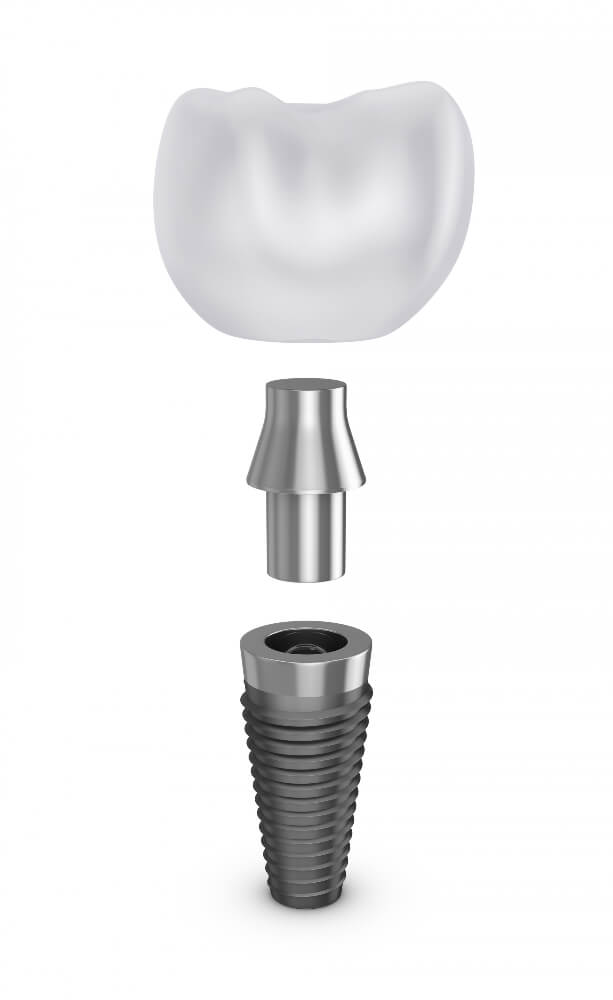
7. Comparing Dental Implants to Other Tooth Replacement Options
When it comes to tooth replacement options, dental implants often stand out as the gold standard, but it’s essential to understand how they compare to other solutions like bridges and dentures. Each option has its unique benefits and drawbacks, and the best choice for you will depend on your individual needs and circumstances.
**Dental Implants:** Known for their durability and longevity, dental implants are surgically placed into the jawbone, creating a stable foundation that mimics the structure of natural teeth. This permanence not only enhances aesthetics but also supports jaw health by preventing bone loss—a common issue following tooth loss. Implants are designed to last for many years, often a lifetime with proper care, making them a wise long-term investment for your oral health.
**Bridges:** Dental bridges are a popular alternative for replacing one or more missing teeth. They consist of one or more artificial teeth anchored by crowns on adjacent natural teeth. While bridges can restore functionality and improve appearance, they require altering surrounding teeth, which may weaken them over time. Unlike implants, bridges do not support bone health and may need replacement every 5 to 15 years.
**Dentures:** For those with multiple missing teeth, dentures offer a removable solution that can restore smiles and functionality. While traditional dentures can be more affordable upfront, they often come with challenges such as slippage, discomfort, and the need for frequent adjustments. Since they rest on the gums, they do not prevent bone loss, which can lead to changes in facial structure over time. Some patients opt for implant-supported dentures to combine the benefits of both methods, achieving greater stability and comfort.
Ultimately, the choice between dental implants, bridges, and dentures hinges on various factors, including the extent of tooth loss, budget, and personal preferences. Consulting with a dental professional can help you navigate these options, ensuring you select the solution that best meets your needs and lifestyle. With the right choice, you can enjoy a beautiful, functional smile that restores your confidence and enhances your quality of life.

8. How to Care for Your Dental Implants
Caring for your dental implants is crucial not only for their longevity but also for maintaining your overall oral health. Unlike natural teeth, which require specific attention to prevent decay and gum disease, dental implants come with their own set of care guidelines. However, with the right practices, you can ensure that your implants remain a stable and attractive part of your smile for years to come.
First and foremost, maintain a diligent oral hygiene routine. Brushing your teeth at least twice daily with a soft-bristled toothbrush and fluoride toothpaste is essential. Pay particular attention to the areas around the implants, as plaque can build up just like it does on natural teeth. Flossing is equally important; consider using a floss threader or a special implant cleaning device to reach those tricky spots around your implants without causing damage.
Regular dental check-ups are also vital. Schedule visits with your dentist at least every six months to monitor the condition of your implants and the health of your surrounding gums. Your dentist can provide professional cleanings and catch any potential issues early on, ensuring that your implants remain firmly anchored and your smile stays bright.
Additionally, be mindful of your diet. While dental implants are designed to be durable, it’s wise to avoid hard or sticky foods that can put excessive pressure on your implants. Instead, focus on a balanced diet rich in vitamins and minerals to support your gum health and overall well-being.
Lastly, if you smoke, consider quitting. Smoking can significantly affect the healing process and increase the risk of implant failure. By taking these proactive steps to care for your dental implants, you’ll not only preserve your investment but also enjoy a confident, radiant smile for many years to come.

9. Potential Risks and Complications
While dental implants offer a remarkable solution for restoring smiles and enhancing confidence, it is essential for patients to be aware of the potential risks and complications involved in the procedure. Understanding these factors can help you make an informed decision and prepare adequately for your journey toward a healthier smile.
One of the most common risks associated with dental implants is infection at the implant site. Since the procedure involves surgical placement of the implant into the jawbone, there is a possibility of bacteria entering the area, leading to infection. This can generally be mitigated through proper sterilization techniques and post-operative care, but it’s crucial to follow your dentist’s instructions meticulously.
Another complication that some patients may encounter is implant failure. This occurs when the implant does not properly integrate with the jawbone, which may be due to inadequate bone density, excessive smoking, or underlying medical conditions such as uncontrolled diabetes. A thorough evaluation by your dentist will help assess your bone quality and overall health, ensuring you are a suitable candidate for the procedure.
Nerve damage is a less common but serious complication that can arise during the placement of dental implants, particularly in the lower jaw where the nerves are located. This could result in numbness, tingling, or pain in the gums, lips, or chin. However, skilled and experienced dental professionals use advanced imaging technology to minimize this risk and ensure precise placement.
Additionally, some patients may experience sinus problems, particularly when implants are placed in the upper jaw. If the implant protrudes into the sinus cavity, it can lead to discomfort and necessitate further interventions. Again, careful planning and consideration of anatomical structures will significantly reduce this risk.
Lastly, while rare, some individuals may experience excessive bleeding or prolonged healing times. Factors such as age, overall health, and adherence to post-operative care can influence recovery.
Being aware of these potential risks allows you to engage in meaningful discussions with your dental professional. By addressing any concerns and following pre- and post-operative care instructions, you can significantly increase your chances of a successful implant placement and enjoy the transformative benefits of a restored smile. Remember, informed patients are empowered patients, and your confidence in the process is just as crucial as the final outcome.
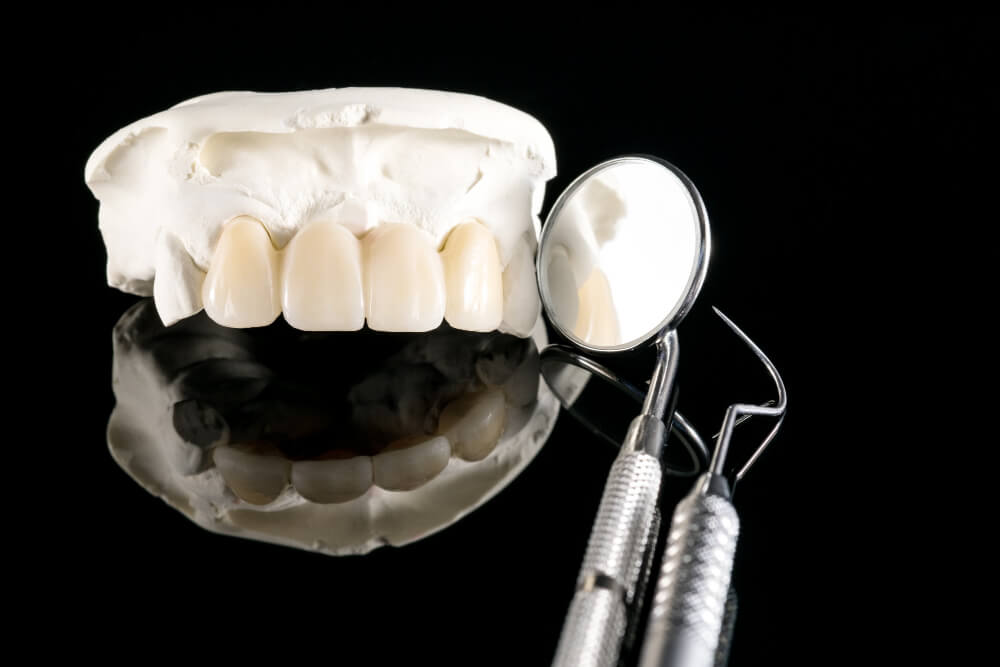
10. Cost of Dental Implants: What You Need to Know
When considering dental implants, understanding the cost is a crucial step in your journey toward a restored smile and renewed confidence. The price of dental implants can vary significantly based on several factors, including the complexity of the procedure, the materials used, and your geographical location. On average, a single dental implant can range from $3,000 to $4,500, but this is just the tip of the iceberg.
To break it down further, the overall cost typically includes more than just the implant itself. It encompasses the initial consultation, diagnostic imaging, the surgical procedure, and any necessary follow-up visits. Additionally, if you require preparatory treatments such as bone grafts or extractions, these will add to the total expense.
It’s also important to consider the type of implant and the materials involved. Titanium, the most commonly used material for implants, tends to be more expensive than other options, but it offers superior longevity and compatibility with the body. Furthermore, implant crowns can also vary in cost, depending on whether you choose porcelain, ceramic, or metal.
While the upfront costs may seem daunting, it’s essential to view dental implants as a long-term investment in your oral health. Unlike dentures or bridges that may require ongoing maintenance or replacement, dental implants are designed to last a lifetime with proper care. Many patients find that the initial expense is outweighed by the benefits of improved functionality, comfort, and aesthetics.
Lastly, don’t forget to explore your financing options. Many dental practices offer payment plans, and some insurance plans may cover part of the cost, particularly if the implants are deemed medically necessary. By taking the time to understand the financial aspects of dental implants, you can make an informed decision that aligns with your budget and personal needs. With the right information, you’ll be one step closer to achieving that radiant smile you deserve.
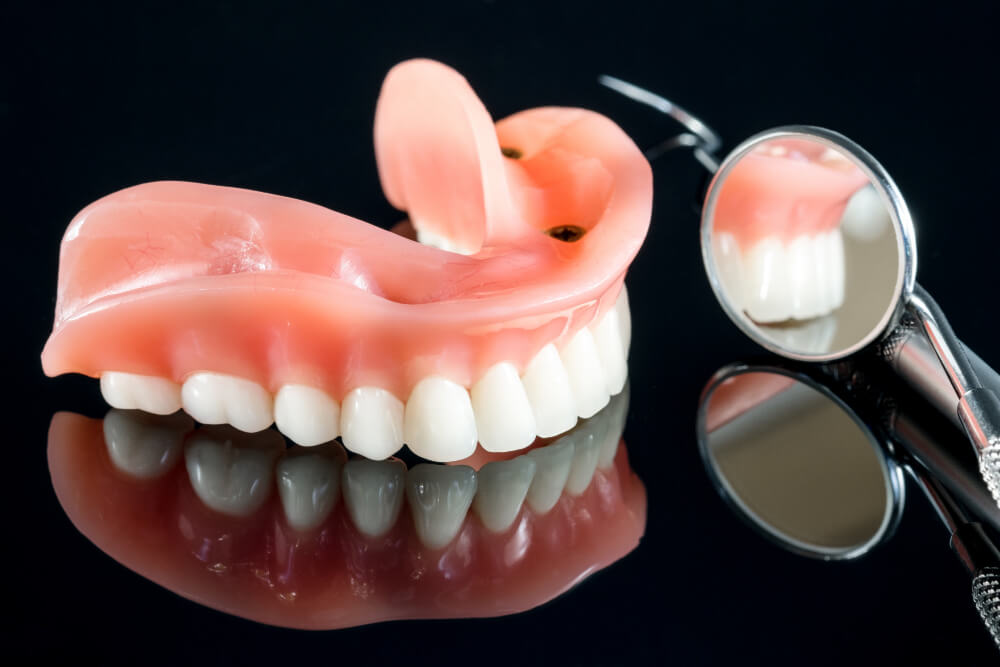
11. Finding the Right Dentist for Your Dental Implants
Finding the right dentist for your dental implants is a crucial step in your smile transformation journey. With the significant investment in both time and resources that dental implants require, it’s essential to choose a professional who is not only qualified but also makes you feel comfortable and confident in the process.
Start by researching dentists who specialize in implant dentistry. Look for credentials such as board certification in oral and maxillofacial surgery, prosthodontics, or periodontics, as these indicate advanced training and expertise in placing and restoring implants. Online reviews and testimonials can provide insight into the experiences of previous patients, helping you gauge the dentist’s reputation and quality of care.
A personal consultation is your next step. Use this opportunity to ask about their experience with implants, including how many procedures they have performed and their success rates. Additionally, inquire about the technology and techniques they use, as advancements in dental technology can significantly impact the outcome of your implant procedure.
During your visit, pay attention to the practice environment. A clean, organized, and welcoming office can reflect the level of care you can expect. Also, assess the staff’s demeanor; friendly and knowledgeable staff can make the experience less intimidating and more reassuring.
Lastly, trust your instincts. You should feel at ease discussing your needs and concerns with your dentist, and they should take the time to explain the process, answer your questions, and help you understand the risks and benefits associated with dental implants. Finding the right dentist is not just about credentials; it’s about establishing a partnership built on trust and mutual respect as you embark on the journey to reclaim your smile and restore your confidence.
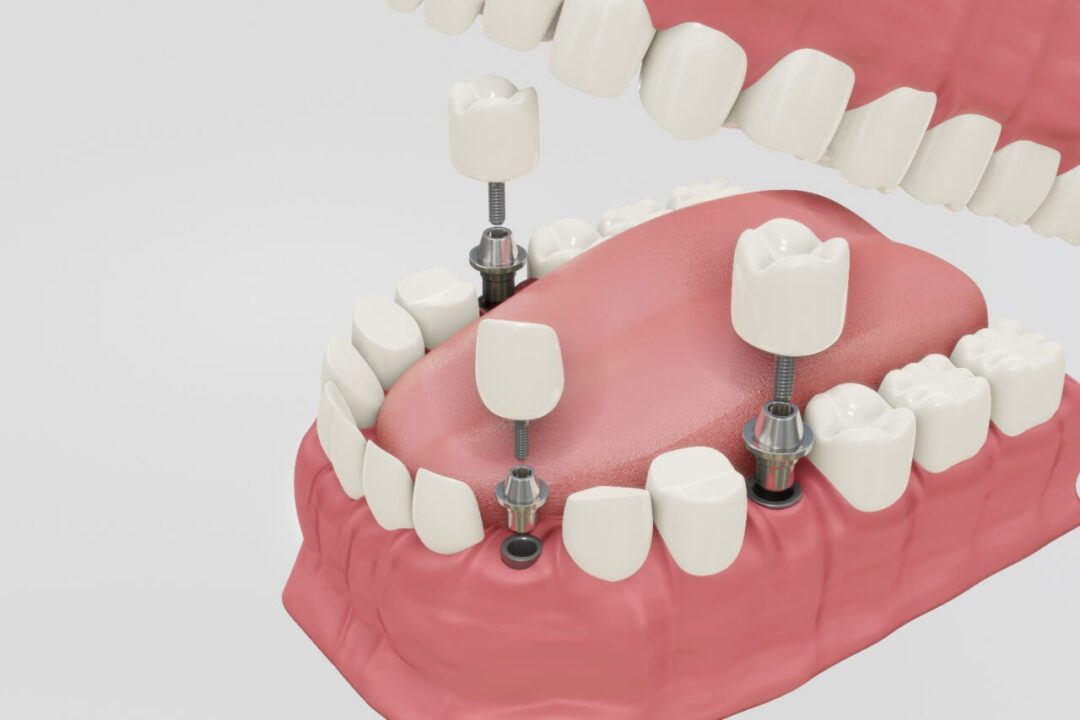
12. Real-Life Success Stories: Transformations with Dental Implants
When it comes to dental implants, the impact they have on individuals extends far beyond mere aesthetics; they truly transform lives. Real-life success stories abound, showcasing the profound difference these innovative solutions make in restoring confidence and enhancing quality of life.
Take, for example, Sarah, a vibrant young woman who had struggled with missing teeth for years. The gaps in her smile left her feeling self-conscious and hesitant to engage in social situations. After undergoing a dental implant procedure, Sarah was not only able to enjoy her favorite foods again but also rediscovered her joy in smiling freely. She recalls the day her dentist unveiled her new smile — a moment of sheer happiness that she describes as “life-changing.”
Then there’s Mark, a retired teacher who had experienced significant tooth loss due to years of neglect and health issues. He often found himself avoiding social gatherings, feeling embarrassed about his appearance. With the help of dental implants, Mark underwent a remarkable transformation. His new smile not only improved his appearance but also restored his self-esteem. He now enjoys spending time with family and friends without the shadow of insecurity lingering over him.
These success stories highlight the capability of dental implants to rebuild not just smiles but also the lives behind them. From enhancing functionality to instilling confidence, the journey to a restored smile through dental implants can be a powerful testament to the resilience of the human spirit. Whether it’s a young professional seeking to make a strong impression or an older individual yearning for their youthful confidence, dental implants serve as a bridge to a brighter, more fulfilling future.
As we explore the world of dental implants further, it’s essential to remember that each story represents a unique journey — one where hope and transformation go hand in hand, ultimately leading to a renewed sense of self.
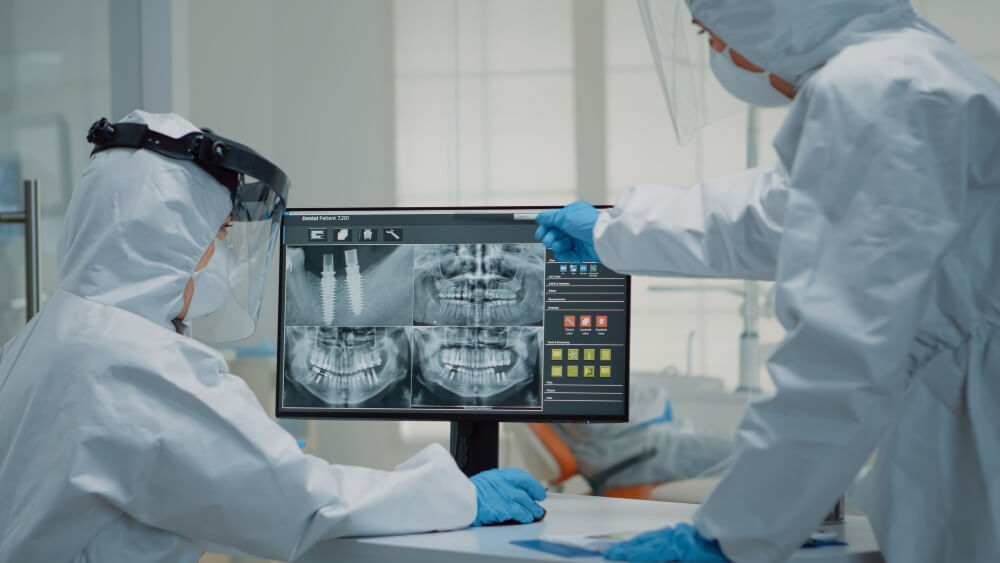
13. Common Myths and Misconceptions About Dental Implants
When it comes to dental implants, misconceptions abound, often creating unnecessary hesitation and fear among potential patients. Understanding the truth behind these common myths can empower individuals to make informed decisions about their oral health.
**Myth 1: Dental Implants Are Only for the Elderly**
One of the most prevalent misconceptions is that dental implants are intended solely for older adults. In reality, dental implants can benefit anyone who has lost a tooth, regardless of age. Whether due to injury, disease, or decay, individuals in their 20s and 30s may also find implants to be a suitable option, making it crucial to consult with a dental professional to explore all available solutions.
**Myth 2: The Procedure Is Extremely Painful**
Many prospective patients shy away from dental implants due to fears of pain. While the idea of surgery can be daunting, advancements in dental technology and anesthesia have significantly minimized discomfort during the procedure. Most patients report feeling only mild discomfort, similar to that of a tooth extraction, and any post-operative pain can typically be managed with over-the-counter medication.
**Myth 3: Dental Implants Are Not Worth the Investment**
Some individuals view the cost of dental implants as prohibitive and may consider cheaper alternatives, such as dentures or bridges. However, implants are designed to last a lifetime with proper care, making them a long-term investment in one’s dental health and overall quality of life. Unlike bridges that may require replacement after a few years, implants eliminate the need for future adjustments and replacements, ultimately saving money in the long run.
**Myth 4: Implants Will Look Unnatural**
A common fear is that dental implants will not blend seamlessly with existing teeth. However, modern dental technology allows for highly customizable implants that are designed to match the shade, shape, and size of your natural teeth, resulting in a beautiful, natural-looking smile. This attention to detail ensures that no one will be able to tell the difference between your implants and your original teeth.
**Myth 5: Dental Implants Require Extensive Maintenance**
Another misconception is that dental implants demand elaborate care routines. In truth, caring for dental implants is similar to maintaining natural teeth. Regular brushing, flossing, and routine dental check-ups are all that is needed to keep them in excellent condition. Implants do not decay like natural teeth; however, maintaining good oral hygiene is essential to prevent gum disease, which can affect the stability of the implant.
By debunking these common myths and misconceptions about dental implants, patients can feel more confident in seeking the restorative treatment they need. This transformative solution not only enhances smiles but also restores confidence, allowing individuals to enjoy life fully without the limitations of missing teeth. If you’re considering dental implants, consult with a qualified dental professional to discuss your options and embark on your journey to a renewed smile.

14. FAQs About Dental Implants
When considering dental implants, potential patients often have a myriad of questions swirling in their minds. Understanding these common inquiries is crucial not only for making an informed decision but also for easing any anxieties about the procedure.
**What are dental implants?** At their core, dental implants are titanium posts surgically placed into the jawbone, acting as robust roots for replacement teeth. They provide a stable foundation for crowns, bridges, or dentures, blending seamlessly with your natural smile.
**Are dental implants painful?** Many prospective patients worry about pain during the procedure. However, most report experiencing little to no discomfort during the surgery due to local anesthesia and sedation options. Post-operative soreness is typically manageable with over-the-counter pain medication.
**How long do dental implants last?** One of the most appealing aspects of dental implants is their longevity. With proper care, including regular dental check-ups and good oral hygiene practices, implants can last a lifetime, making them a worthwhile investment in your oral health.
**What is the recovery time?** Recovery varies from person to person, but many individuals return to their normal activities within a few days. The full healing process can take several months, as the implant integrates with the bone—a critical step for ensuring stability and strength.
**Who is a good candidate for dental implants?** Generally, adults in good health with sufficient bone density to support the implant are ideal candidates. However, those with certain medical conditions or who are smokers may need to discuss options and potential risks with their dentist.
**How much do dental implants cost?** The cost of dental implants can vary widely based on factors such as location, the complexity of the case, and whether additional procedures (like bone grafting) are necessary. While the initial investment may seem high, many find that the long-term benefits and durability make it a cost-effective choice.
Addressing these FAQs is just the beginning. If you’re considering dental implants, don’t hesitate to reach out to a qualified dental professional who can provide personalized answers and guidance tailored to your unique situation. Empowering yourself with knowledge about dental implants will help you take the first step towards a transformed smile and renewed confidence.

15. Conclusion: Investing in Your Smile and Confidence
In conclusion, investing in dental implants is more than just a decision about aesthetics; it’s an investment in your overall well-being and quality of life. A beautiful smile is often the first impression you make, and it can significantly influence your confidence and self-esteem. When you choose to restore your smile with dental implants, you are not only addressing the physical aspects of missing teeth but also the emotional impacts that accompany them.
Imagine the freedom of biting into a crisp apple or enjoying your favorite foods without hesitation. Picture yourself laughing and speaking without the fear of embarrassment. Dental implants offer the stability and functionality that natural teeth provide, allowing you to reclaim those joyful moments. Beyond the physical benefits, the psychological boost of having a complete smile cannot be overstated. Many patients report feeling more outgoing and self-assured after their implant procedure, leading to improved relationships, social interactions, and even professional opportunities.
Furthermore, dental implants are a long-term solution that can save you money in the long run. Unlike other dental restoration options that may need to be replaced or adjusted over time, implants are designed to be a permanent fixture, providing durability and comfort. With proper care, they can last a lifetime, making them a worthwhile investment in your dental health.
Ultimately, taking the step toward dental implants is a commitment to yourself and your happiness. Whether you’re dealing with the repercussions of tooth loss or simply seeking to enhance your smile, this transformative procedure can open up a world of possibilities. So, if you’re considering dental implants, consult with a trusted dental professional who can guide you through the process, helping you achieve the smile you’ve always dreamed of. Your smile is a reflection of who you are—make the investment today, and watch your confidence soar.
